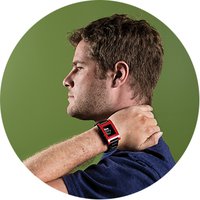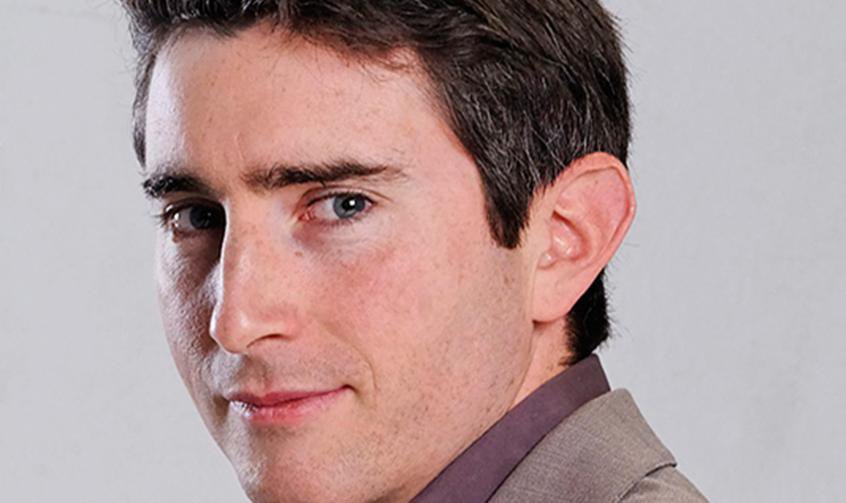"Military engineer, and former pilot in the French Armed Forces, a PhD in Mathematics and Automatic Control at MINES Paris, with a passion to design & build from tender age, David had all the qualities for a fast-track career in the aviation technology field. At only 29, he found himself founder and director of a start-up called Sysnav which now, 5 years later, is a reference in the field of navigation systems.
In the age where localisation, particularly through GPS, has become an essential service in all fields of our daily life, the limitations of current systems have become more important. But it is not just a matter of facilitating shopping to those trying to localise themselves inside a mall, or finding the way home in the middle of a dense forest: more serious problems are encountered in military and civil aviation application, where the GPS signal becomes easily impaired and corrupted, leading to dangerous errors.
Unlike GPS, which triangulates, and thus relies on, the signal received by GPS satellites to determine its position and trajectory, the navigation systems devised by Vissiere uses the measurements of the terrestrial magnetic field to elaborate its position and trajectory. In other words, it needs no information other than that available at its own position. The main challenge where Vissière introduced a key innovation was that the sensors at the heart of the magneto-inertial technology become imprecise after a few tens of a second, and therefore need an additional system to correct these errors. Vissière overcame this serious limitation through the detection and processing of the variations (or gradient) of the electro-magnetic field through a matrix of magnetometers, which allow reconstructing – through Maxwell's Equations – the speed and direction at any given point.
Compared with the precise but expensive systems in use in aviation so far to measure angular velocity and acceleration, consisting of heavy boxes which are over 100 times bigger, weighing 40 Kg, Vissiere's system has a much more manageable size of and weight, which are likely to be reduced further in the coming future. This makes his product suitable for a great variety of applications, ranging from medical applications where the movements of the muscles can be monitored to assess the effectiveness of a rehabilitation therapy, to localising firemen during an intervention, not to mention applications in the highly demanded entertainment business, such as in videogames.
Although Vissière's system has been developed as a civil application whereas GPS started as a military programme during the Cold War, it can be said that both have a common source in the needs of military aviation, a constant drive for innovation that finds then application in the civil domain."




